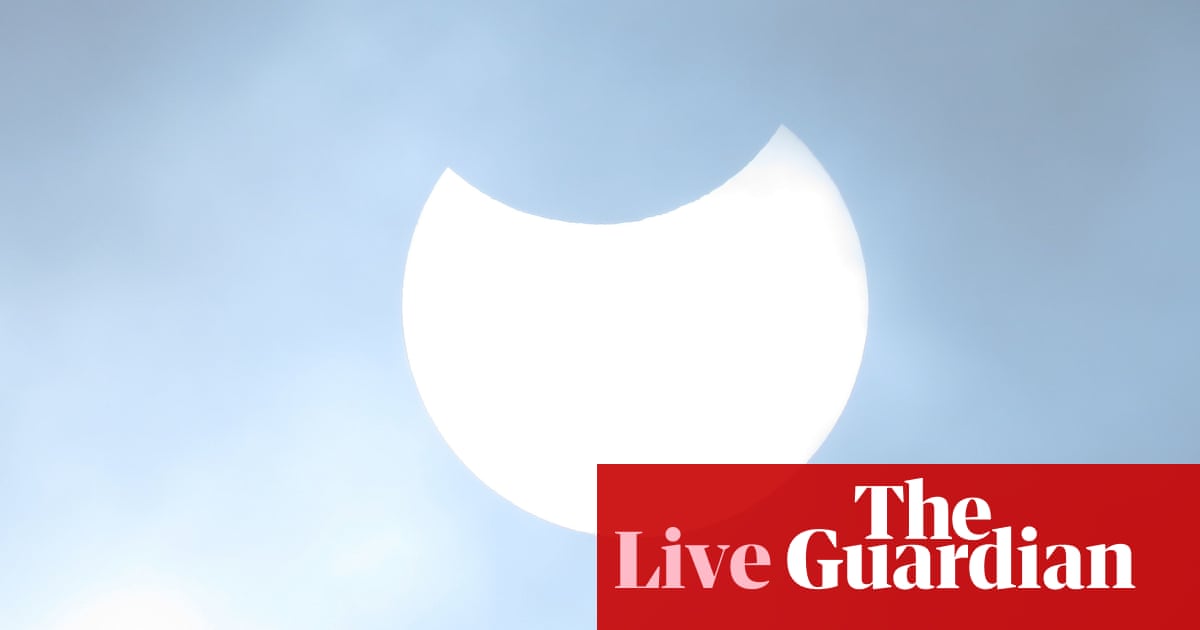
Canada to Siberia.
The partial eclipse, which is the first of the year and the 17th this century, will last around four hours from 8.50am GMT to 12.43pm GMT.
Curious observers making sure to protect their eyes might be able to see the celestial show in most of Europe, as well as in some areas of northeastern North America and northwest Africa.
Eclipses occur when the sun, moon and Earth all line up. When they perfectly align for a total solar eclipse, the moon fully blots out the sun’s disc, creating an eerie twilight here on Earth.
But that will not happen during Saturday’s partial eclipse, which will instead turn the Sun into a crescent.
“The alignment is not perfect enough for the cone of shadow to touch the Earth’s surface,” Paris Observatory astronomer Florent Deleflie told the AFP news agency.
Because that shadow will “remain in space, there will not be a total eclipse anywhere” on Earth, he said.
At most, the Moon will cover around 90 percent of the Sun’s disc. The best view will be from northeastern Canada and Greenland at the peak time of 10.47 GMT.
We’ll have a live stream for you to watch shortly…
Source: theguardian.com

















